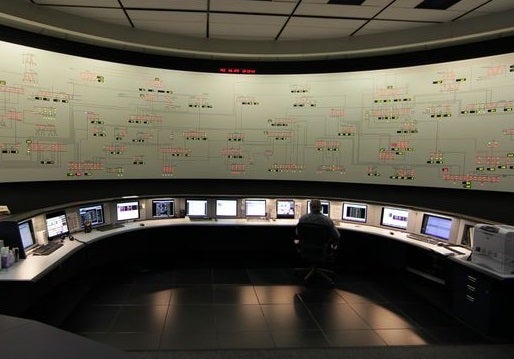Two seemingly unrelated announcements drew much attention in the electric utility industry recently. First, the Edison Electric Institute (EEI) (the trade group for the U.S. electric utility industry) and the Natural Resources Defense Council (NRDC) jointly recommended changing how utilities should be regulated. Second, Duke Energy announced it will sell 13 Midwest merchant power plants. These announcements are actually related because they both result from the same dramatic changes affecting the electric utility industry. As Bob Dylan aptly noted, “the times they are a-changin’.” Regulators and other stakeholders must be prepared to address these changes.
Under the traditional business model, electricity usage grew steadily. Utilities built ever-larger plants to serve this growing load. The bigger plants were more efficient than existing plants, so the unit cost for electricity steadily declined. Utilities benefited by steadily increasing their revenues. Customers benefited from declining unit costs. For utility customers, it was like paying a lower price per gallon of gasoline every time you filled your tank.
But this traditional model is crumbling, due to several factors: Read More












